Sailor collars, crisp stripes, tie closures, and shiny buttons — sailor style is having a moment and I’m all in!
I’ve always been a big fan of sailor collars and nautical style. Perhaps it’s because I grew up in the 1980s, when sailor style was enjoying a resurgence in popularity thanks to Princess Diana. Or maybe it’s because when I was 10, during my first trip to Japan, I saw my cousins wearing their very cool-looking sailor-style school uniforms. Or maybe it’s because I’m just a preppy at heart. Whatever the reason, it is exciting to see how this style endures and evolves — from copycat versions of military uniforms to new interpretations that reflect the times.
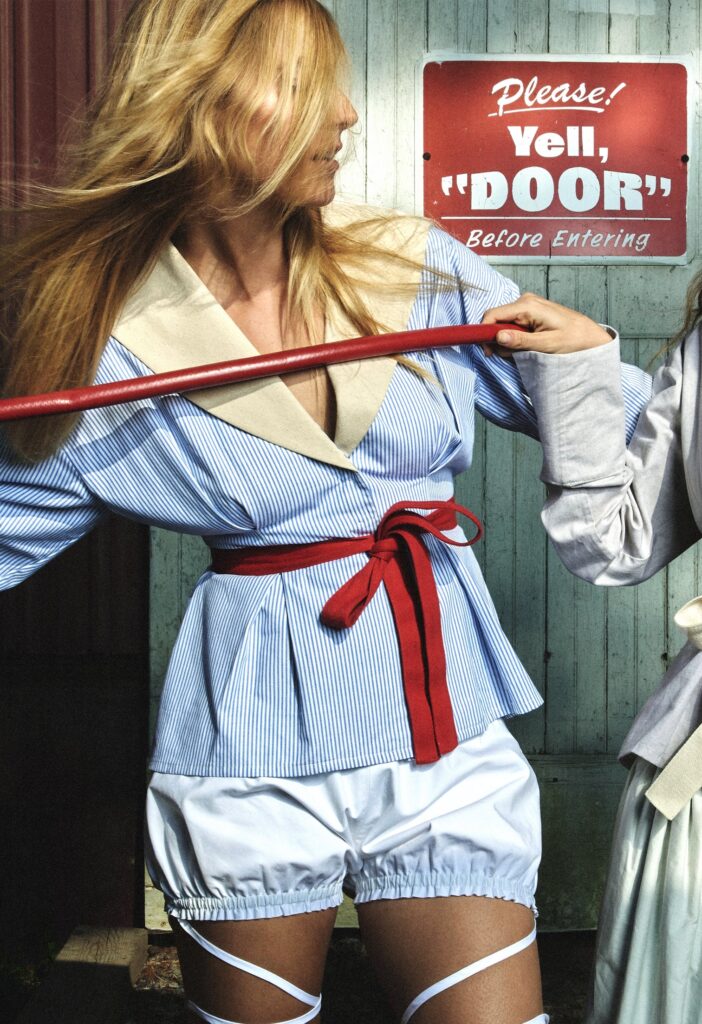
I love this cool version of a sailor collar top. The contrast color collar and red tie belt are everything. Image from here
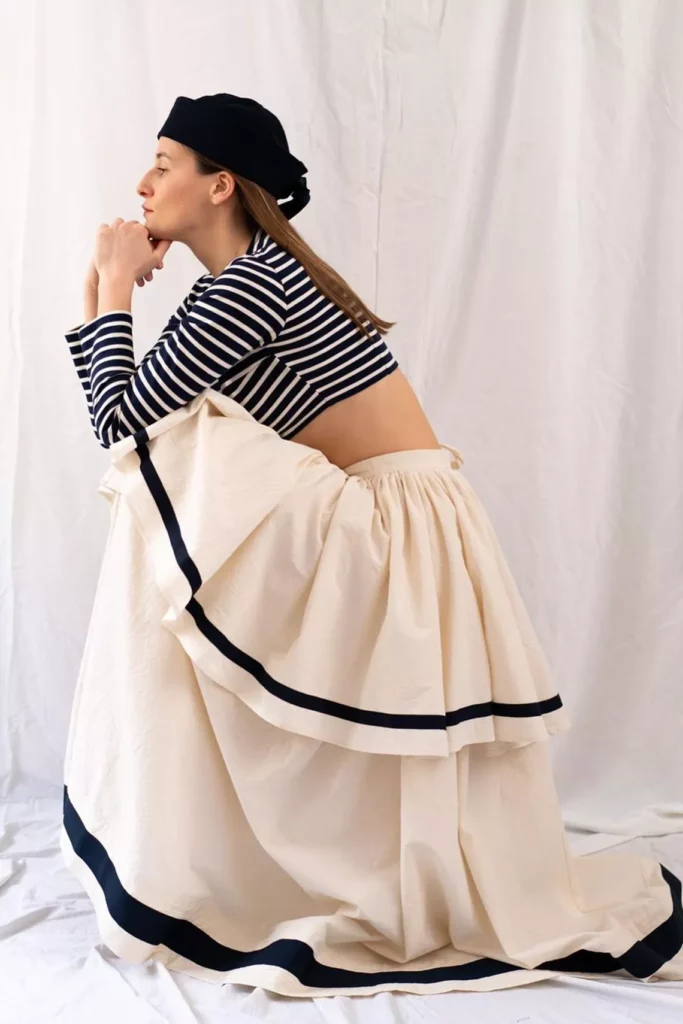
The cropped Breton-style top and vintage-vibe skirt are fabulous. Les Vacances D’Irina. Image from here.
Royal Influencers of 1846 Launch Sailor Style
The portrait of a little prince in a custom-made sailor suit can be credited with launching sailor style as a fashion trend. In 1846, while sailing on board her royal yacht, Queen Victoria of England had a miniature sailor’s uniform made for her son, the future King Edward VII. Her husband, Prince Albert, was so impressed that he commissioned a German artist, Franz Xaver Winterhalter, to paint a portrait of him in the sailor suit. The following year, the portrait was exhibited in St. James’ Palace, where more than 100,000 visitors came to see it. Through prints and miniatures, the image — and its implicit homage to the British Royal Navy — became wildly popular and a new fashion trend was born.
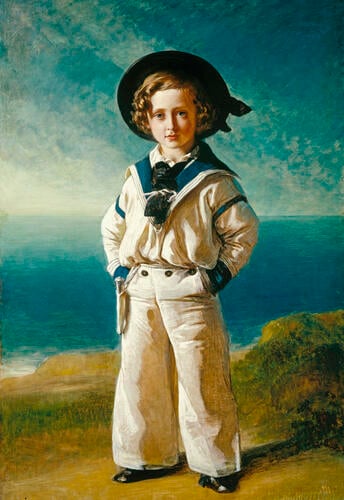
The portrait of a prince that launched a new fashion trend. Image from here.
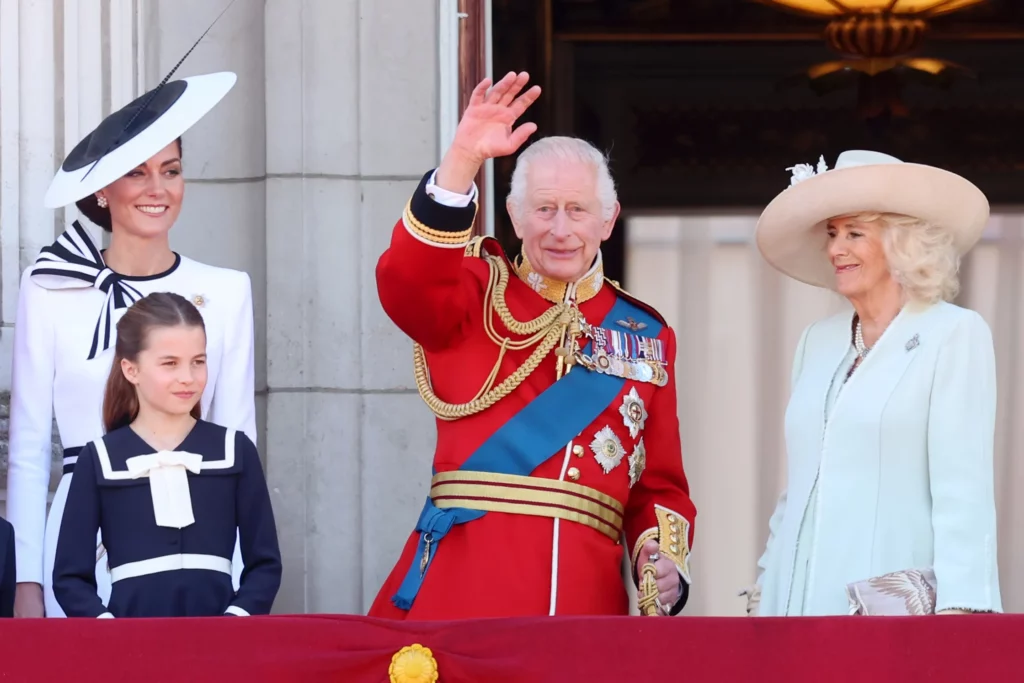
Today, British royalty still champion nautical looks. Image from here.
Sailor Style Goes International
Sailor suits crossed the Atlantic in the 1870s. As in England, the connection to the Navy drove the style’s popularity in the US among boys.
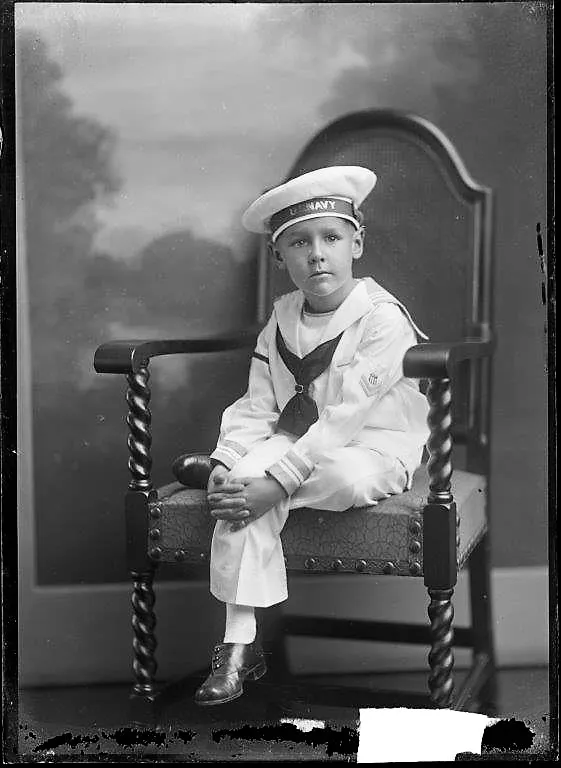
Sailor suit in the US (1918). Image from here.
Soon after, in the beginning of the 20th century, girls and young women adopted the style. While it peaked in popularity during World War I, the style remained relevant through the 1920s as activewear and leisurewear, symbolizing freedom and a carefree lifestyle.
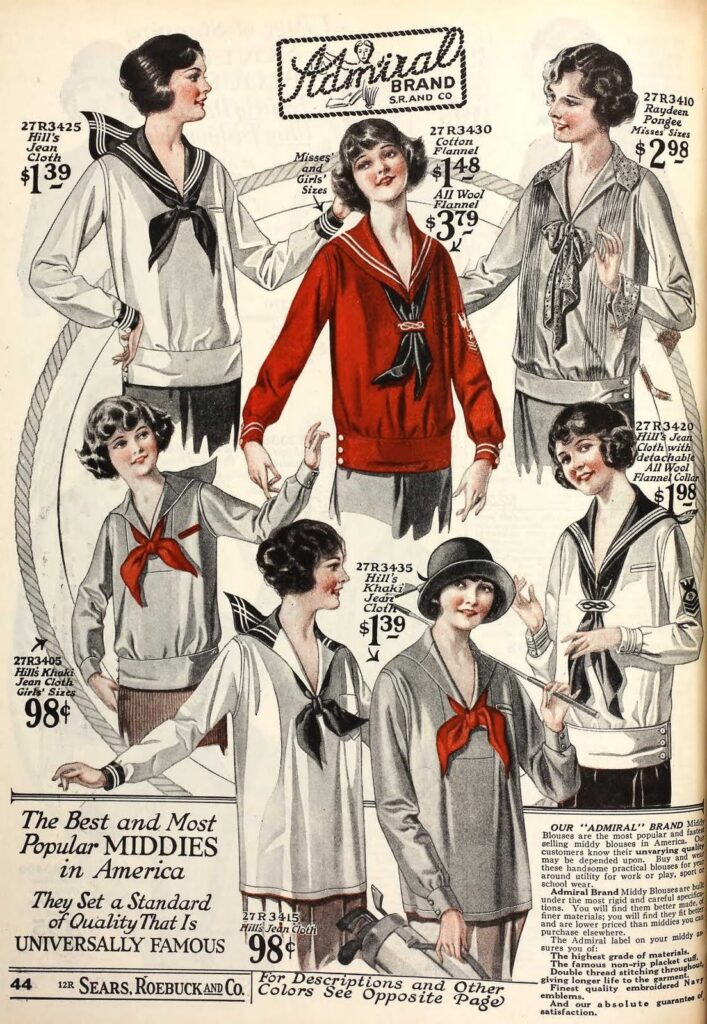
Middy blouses with sailor collars from 1924. Image from here.
During World War II, sailor style became a show of patriotism and new styles beyond activewear emerged.
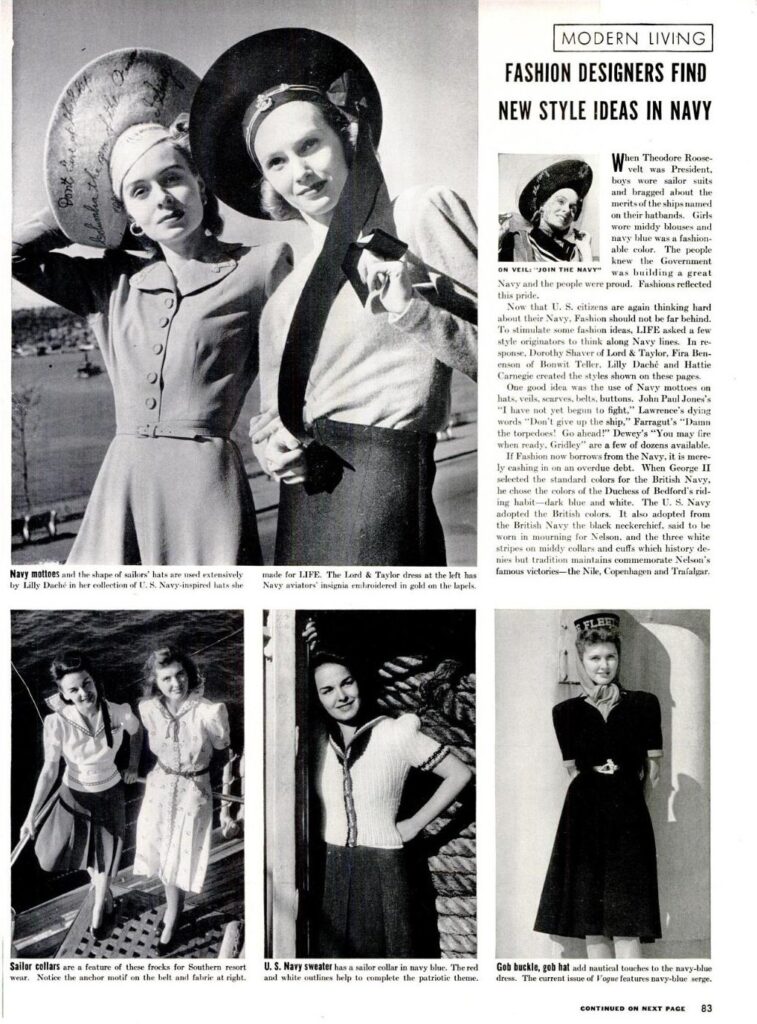
Life Magazine featured sailor style in its October 1940 issue. Image from here.
After World War II, the style receded until Princess Diana, who favored nautical looks, influenced its return in a big way in the 1980s. No longer a symbol of military might or patriotism, sailor style became a fashion statement.
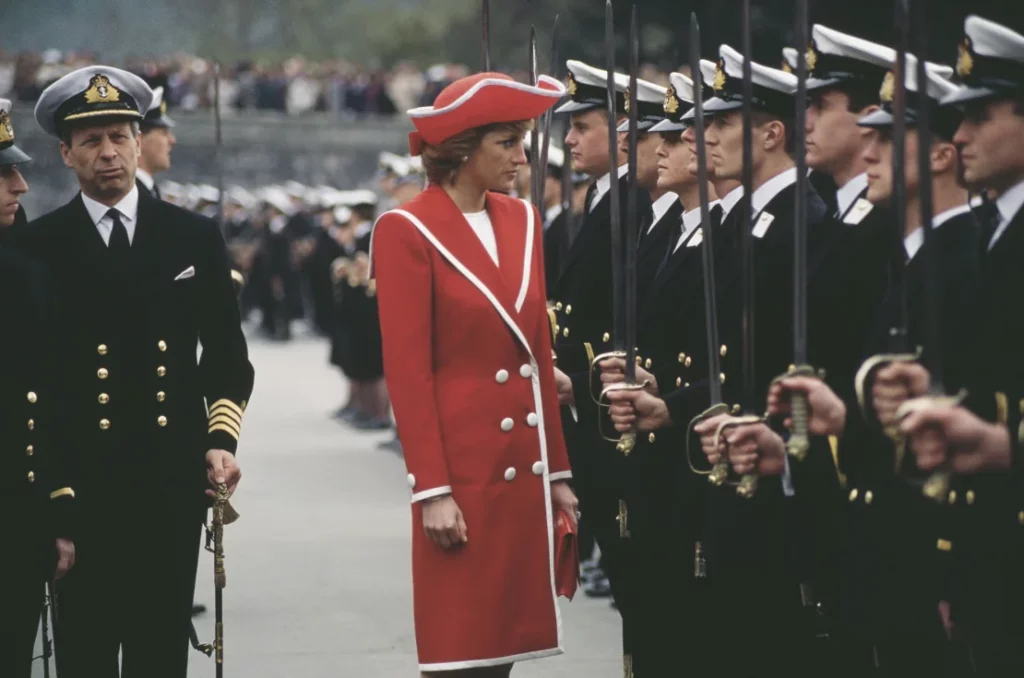
Princess Diana 1989. Image from here.
Sailor Style Reaches Japan
In Japan, rapid modernization and an influx of western influences inspired sailor style for girls’ school uniforms. Prior to this, school girls wore the hakama (a type of pleated trouser or skirt); however, it was restrictive to wear for physical activity. The sailor uniform was introduced in 1920 by an educator who was inspired by the sailor uniforms she saw while an exchange student in England. The style has endured and is still being worn today among junior and senior high school girls.
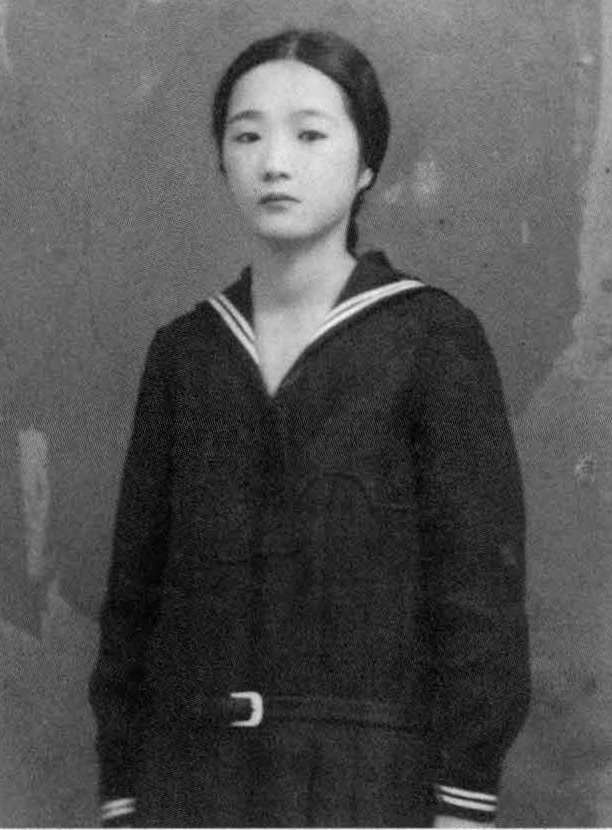
1920s sailor uniform in Japan. Image from here.
Mariniere Style in France
The French had their own version of sailor style in the form of the Breton top, which was introduced in 1858 as part of the French navy’s standard uniform. Its white and indigo blue stripes – rumored to have 21 stripes to represent the number of Napoleon’s victories over the British — were highly visible at sea, so the style was adopted by local fishermen to more easily spot men who went overboard.
By the early 20th century, Coco Chanel introduced the Breton top in cotton jersey fabric as a comfortable yet stylish option for women. Its casual bohemian vibe caught the eye of vacationers to the French Riviera, who promptly spread the word (and the shirts) and introduced mariniere style to the world.

Audrey Hepburn in her Breton top (1955). Image from here.
French designer Jean Paul Gaultier, who arrived on the fashion scene in the 1970s, made mariniere style a part of his brand signature and reimagined it year after year. When he introduced his couture collection in 1997, feathers, sequins, and luxury details transformed the humble Breton top into high fashion.

Gaultier Spring Couture 1997. Image from here.
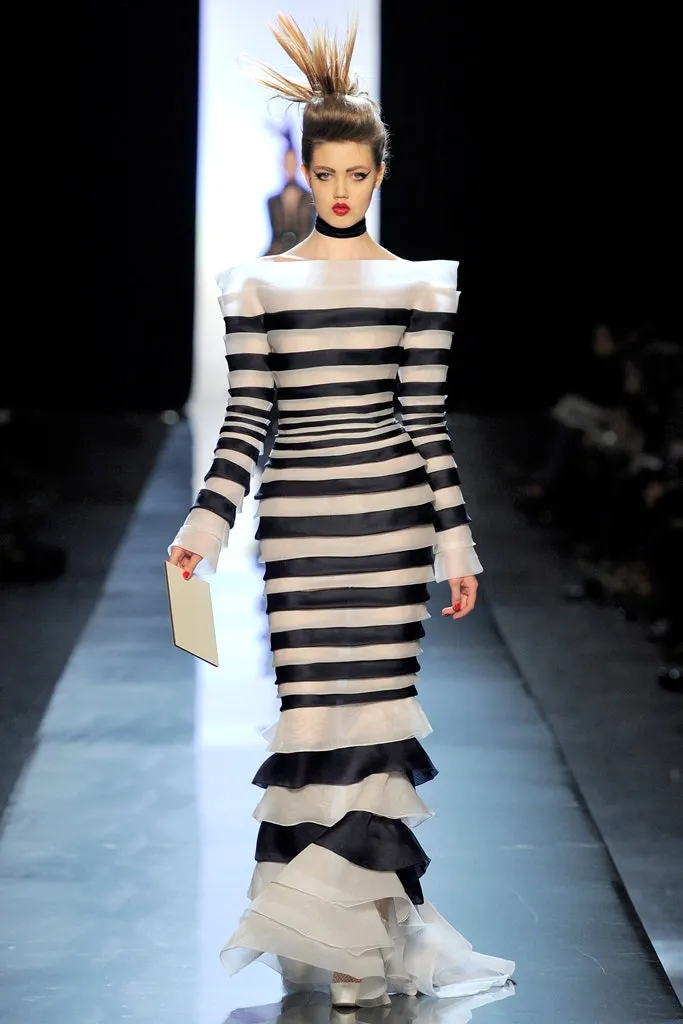
Gaultier Spring Couture 2011. Image from here.
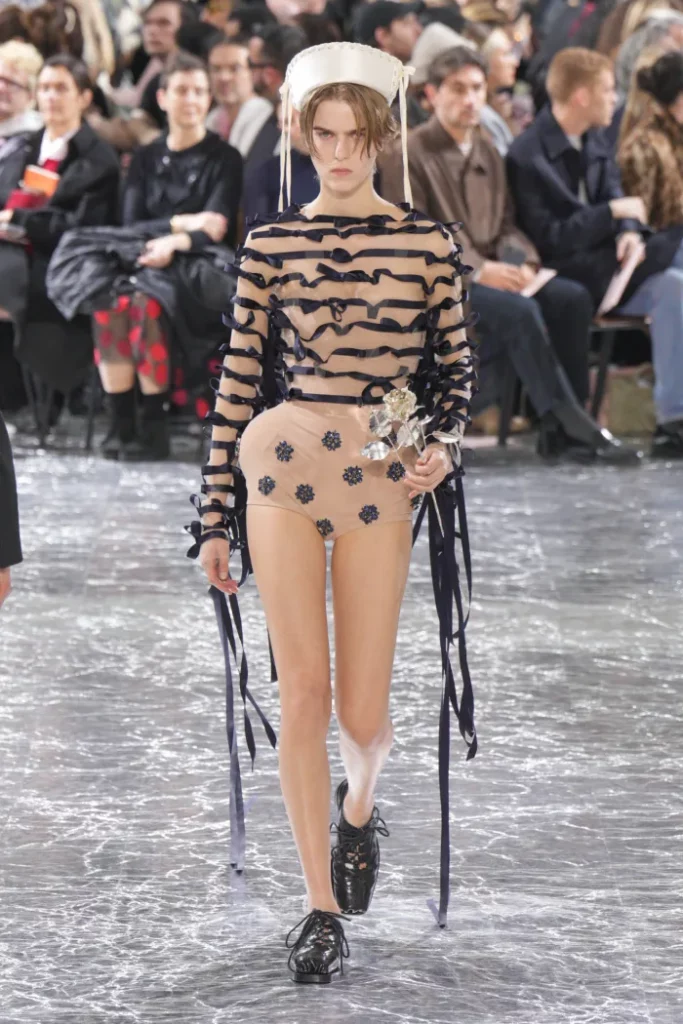
Gaultier x Simone Rocha Spring Couture 2024. Image from here.
Resources
Epoch: Key pieces of nautical style and history
Britain: Nautical style emerged during the 1800s inspired by Queen Victoria
CNN: History of nautical style

Leave a Reply